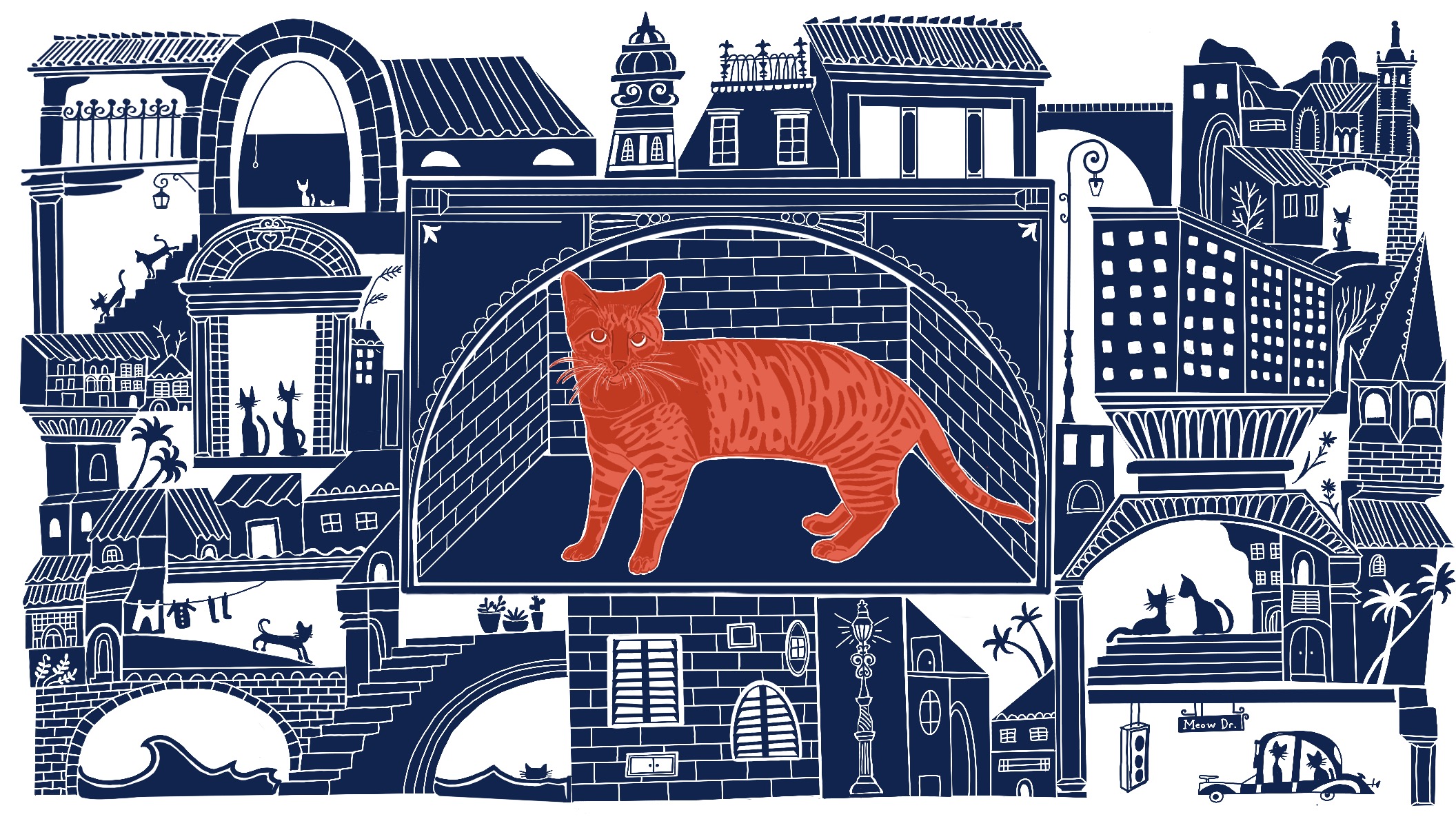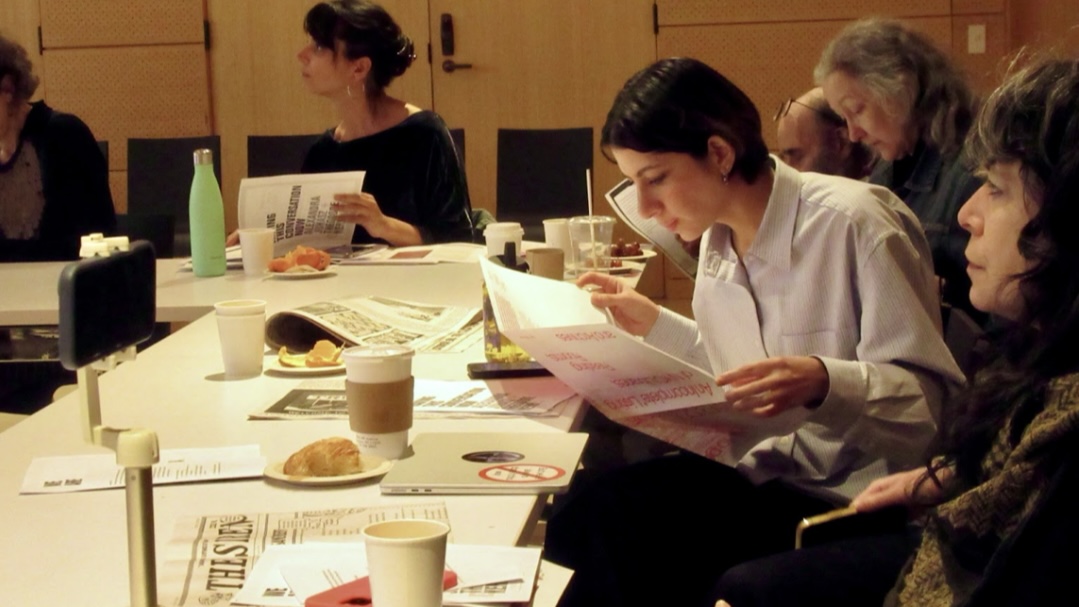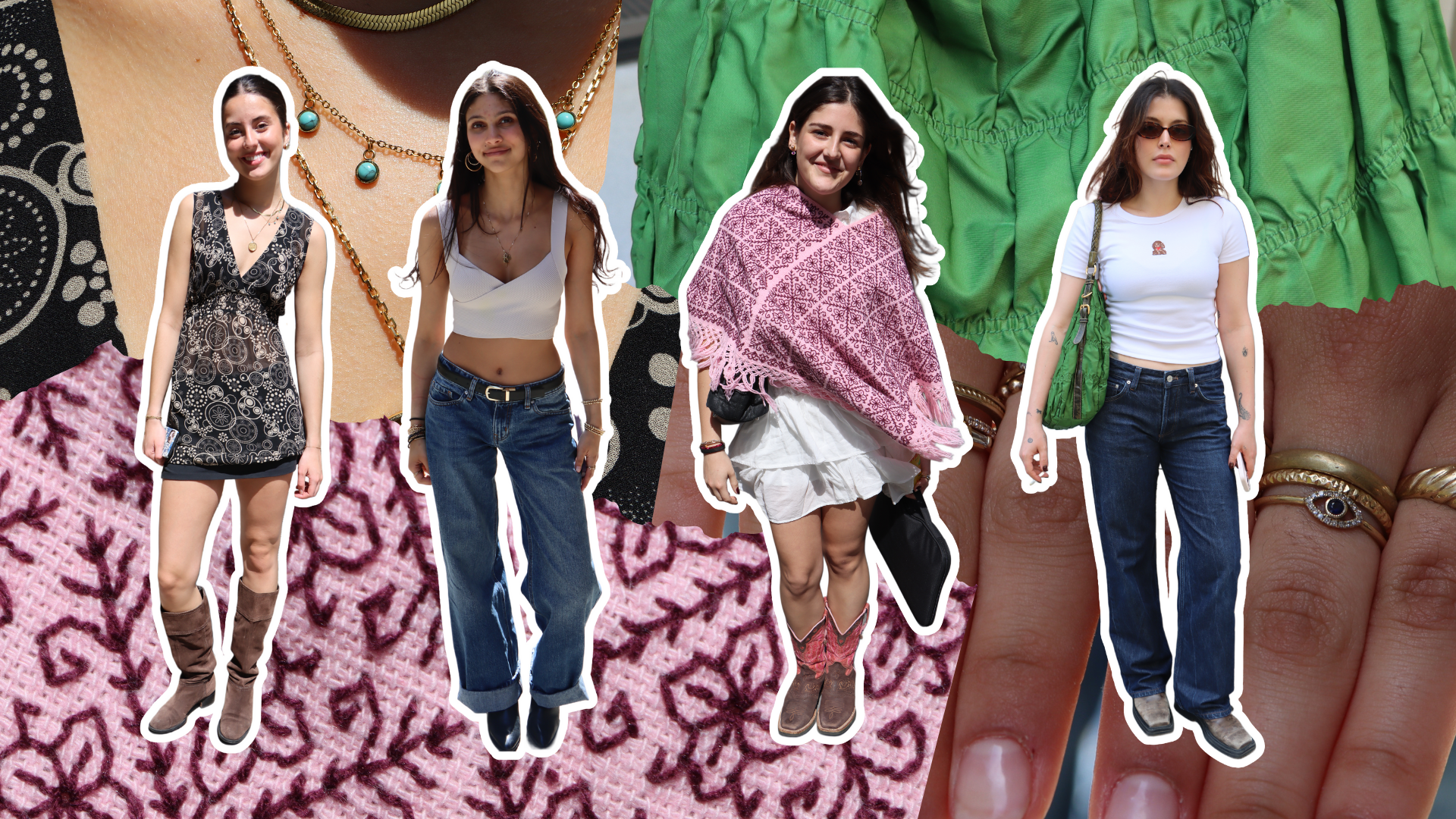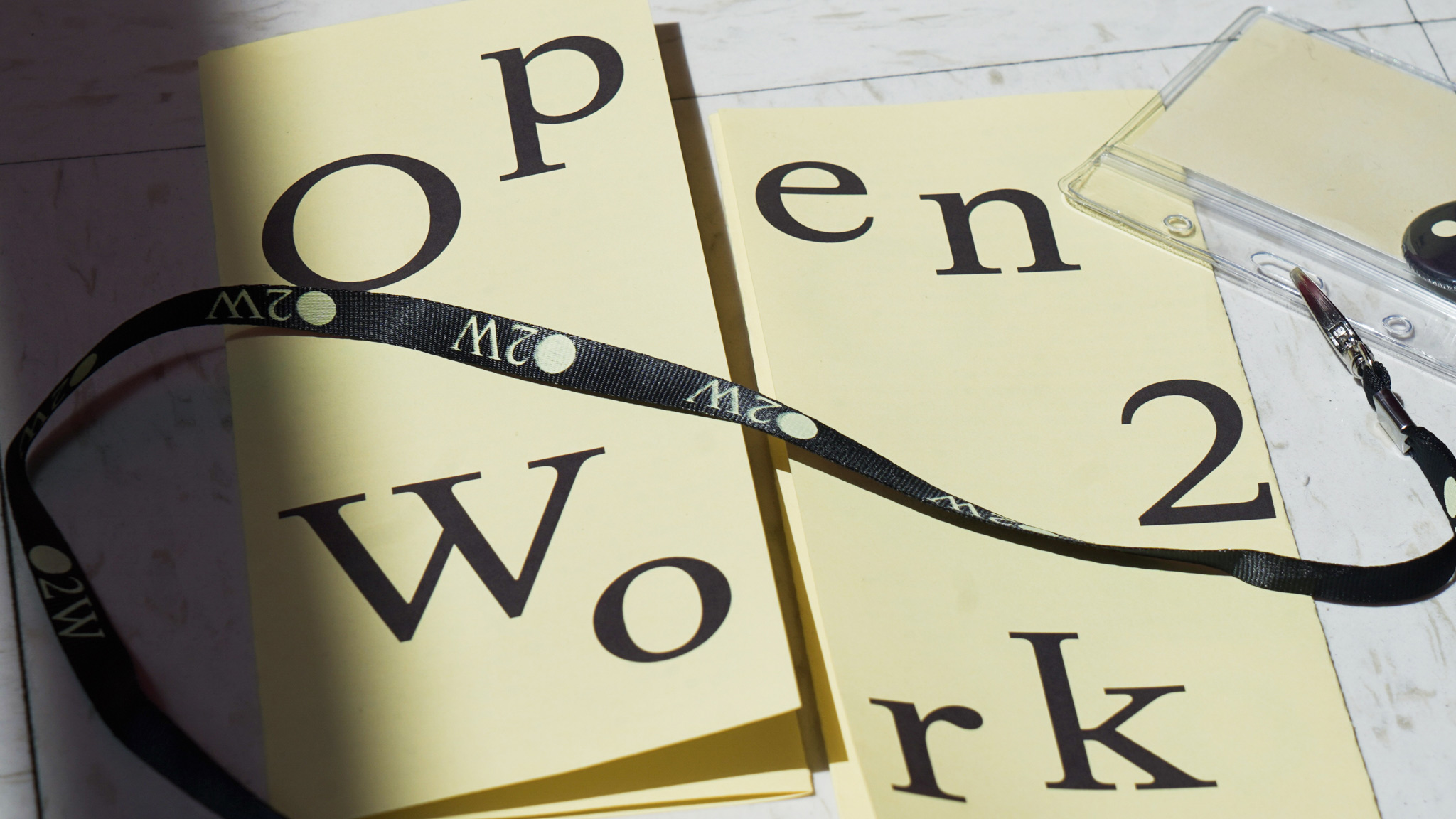Sitting in the Lang Cafe of Eugene Lang College of Liberal Arts, New School professor Faran Krentcil gazed out the window. The room buzzed with the noise of dozens of students, but she appeared to have reached a point of quiet reflection as her mind lingered on a project from what now must feel like a lifetime ago.
Krentcil teaches a Senior Capstone course for Journalism + Design majors, and New Approaches to Fashion Reporting — a first of its kind class that delves into the culture, politics, and business side of not only fashion writing but the industry as a whole. It was over 15 years ago that Krentcil founded Fashionista, a fashion site that combined fashion news with gossip-y blind items on designers and celebrities alike. But before Fashionista, she was just an eccentric girl who loved clothes and magazines, and figured out how to turn it into a career.
Krentcil accredits her love of fashion to her father’s interest in photography. Her father, a documentary photographer, had a particular love for fashion photography. “I was raised around it in a really formative way,” Krentcil said about fashion and art. Her childhood home was filled with books by photographers like Herb Ritts and Richard Avedon. “I grew up with subscriptions coming into the house for everything,” Krentcil said, remembering the constant cycle of Vogue, Elle, and W issues that were so prevalent in her childhood.
Growing up near Boston, Massachusetts, there was no shortage of art and photography exhibits. From as young as 5 years old, she would be whisked away by her parents nearly every weekend to these galleries, being exposed to photographers like Annie Leibovitz. “When you’re 5 or 6, you think this stuff is so boring,” Krentcil said. “I was very into it … in a way that made me weird.”
From a young age, she had a strong sense of personal style that set her apart from her peers. While everyone around her obsessed over North Face puffer jackets and Abercrombie, Krentcil was showing up to school in a cocktail dress over a pair of jeans. “I was always trying to copy what I saw in these big magazines, and I usually failed,” she said.
She would get teased by classmates for her unique outfits, but the freedom and pleasure that recreating looks from magazines brought her was far more important. “I just found it as a way to set myself apart from the other kids and from this small town that I was living in,” she said. “It really gave me a sense of agency and a sense of otherness in a good way.”
Her skills as a writer combined with her love for reading about fashion made going into fashion writing a no-brainer. “Reading about fashion made me feel like I was part of something much bigger, and so figuring out how to write about it meant that I would get to be a part of this bigger world,” Krentcil recalled. “I was always making fake magazines … I would cut out magazines and re-lay them out in sketchbooks and journals, and then write my own headlines.”
When Krentcil left Massachusetts for North Carolina to study Dramatic Writing, Studio Arts and Art History at Duke University, she maintained her distinct style. “I was absolutely the weirdest girl at Duke. That is 100% true,” Krentcil said. Her typical outfits consisted of thrifted band t-shirts, slip dresses, denim jackets, and cowboy boots. “It was really cute, but it wasn’t normal,” Krentcil said. She then recalled a moment when she realized she was on to something. She put together an outfit with a soccer jersey from a New York City thrift store, a tweed mini skirt, and rain boots. “I remember the next day, Carrie Bradshaw wore it almost exactly on Sex and The City,” Krentcil said. That gave her the validation she needed.
The majority of Krentcil’s peers at Duke were very well-off, wearing Dior and Fendi purses and Calvin Klein jeans to class. She noted that her college years were pivotal for understanding luxury. She learned the differences in regional styles, “The Los Angeles girls specifically were the ones who adopted me,” Krentcil said. They educated her on brands like Miu Miu, and style icons like the Olsen twins. This differed from the preppy luxury of the east coast.
At Duke, she wrote for her school’s paper about everything from music reviews to fashion pieces. Despite support from readers, Krentcil recalled her fashion writing not being received with open arms from the paper’s staff. “There was a real bias, certainly rooted in misogyny, about allowing fashion coverage to be part of a serious, respectful school newspaper,” she said.
After graduating, she moved to New York City and began interning in the fashion closet at Jane magazine. It was a typical New York City fashion intern experience, where she was either trapped in a windowless closet or running around the city with samples. However when Krentcil wasn’t keeping track of samples, she thrived in the editorial meetings. “I would show up at the Fashion Director’s desk, and I would say, ‘you guys were talking about this, here’s the story in Women’s Wear Daily where they were mentioning it,’ or ‘here’s the celebrity that was doing this 2 days ago,’” she recalled.
As her time at Jane was coming to a close, Krentcil began applying for every fashion assistant role she could find, interviewing to work for Anna Wintour, Elle, InStyle, and more. “You’re not a stylist. You’re not an assistant. You’re not quiet. You’re not skinny. You’re not going to fit in here,” Krentcil recalled being told. Despite being turned down, it was the connections that she made while interviewing that led to her first byline in New York Magazine.
In 2006, Elizabeth Spiers, founder of celebrity gossip blog Gawker, approached Krentcil to build Fashionista from the ground up. Krentcil would regularly write in to Gawker, and they would publish her writing anonymously. “It never occurred to me that Elizabeth must have been keeping tabs on me,” Krentcil said.
Despite the long days ahead of her, she knew that teaming up with Spiers was the right move. “I think one of the things that I’ve always known before I start a really good relationship is how calm it feels … there’s no panic. There’s no freak out,” Krenctil said. “Before I really had that experience romantically, I had it professionally.”
She began building a blog that she described as a “community where girls could talk about fashion.” She dreamt up the content, the strategy, the visuals, the spirit, and the voice of the site. Despite being still very early in her career, Krentcil became a boss, and brought on interns to help write for Fashionista. It was terrifying to bring people onto her team, but also rewarding as she realized her love for mentoring.
However, after a year, she became burnt out. She was writing 10 stories a day, creative directing, and her compensation was not matching the workload. Most importantly, Krentcil realized she wasn’t learning anything. “I was the master of what I knew, and I knew nothing beyond that and I didn’t have anybody leading me, teaching me anything about fashion beyond what I can figure out myself,” she said. She was craving guidance, and being the founding editor of Fashionista was not going to give her that.
Fashionista remains a center for conversation on fashion. “It is still a launching pad for engaging voices who can see fashion as part of the bigger context,” Krentcil reflected. However visually, the site is not the same Fashionista she designed, and it no longer has her style of writing. But that doesn’t seem to bother Krentcil. “It shouldn’t have ever been built for one girl. It was built to become a machine,” she said.
Following Fashionista, Krentcil went on to become the Digital Director of Nylon magazine. Growing Nylon’s site was a dream for Krentcil — it was her favorite magazine in high school. “It was so cool. I was obsessed with it,” Krenctil said. “I didn’t know what to do with myself.” Since then, Krentcil has written and edited for countless publications including InStyle, ELLE, and the Wall Street Journal.
Now, she spends her time teaching and writing regular columns for Business of Fashion and the BBC. She’s found that her two roles can inform one another. “I know some of the things I’ve seen people wearing on campus or the things I’ve heard my students talking about in terms of fashion have absolutely made their way into stories I’ve written,” Krentcil noted. “Of course, the things I’m experiencing in the working world are going to come back into the classroom.”
She also prioritizes helping her students secure a post-grad job, and reminds them of their role as an early career journalist. “You’re not getting paid to get enriched, you’re getting paid to make somebody else’s job easier,” she said.
For Krentcil, teaching has been an incredibly fulfilling experience. Being able to pass down her knowledge on fashion and writing, while giving her students real world industry connections, is a joy for her. “It’s one of the honors of my life to be able to teach,” she said with a smile. “I’m a writer and I still can’t sum up how meaningful it is to me and how much I love it.”
Disclosure: The reporter is a student in the J+D program at Lang, but has not taken one of Krentcil’s classes.







Leave a Reply